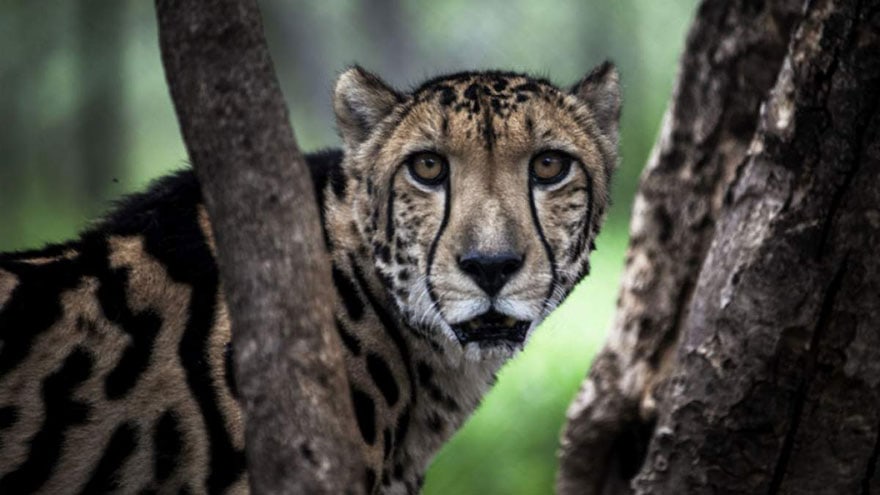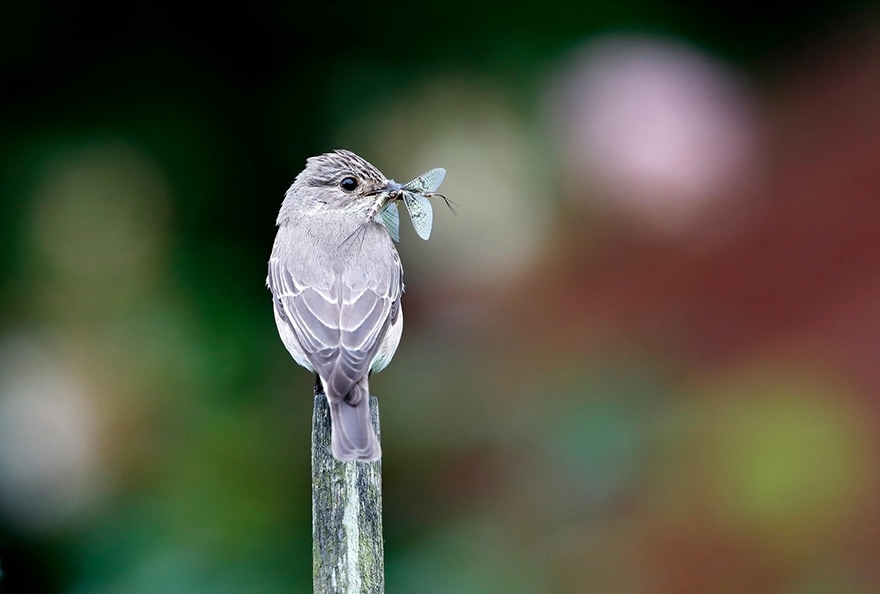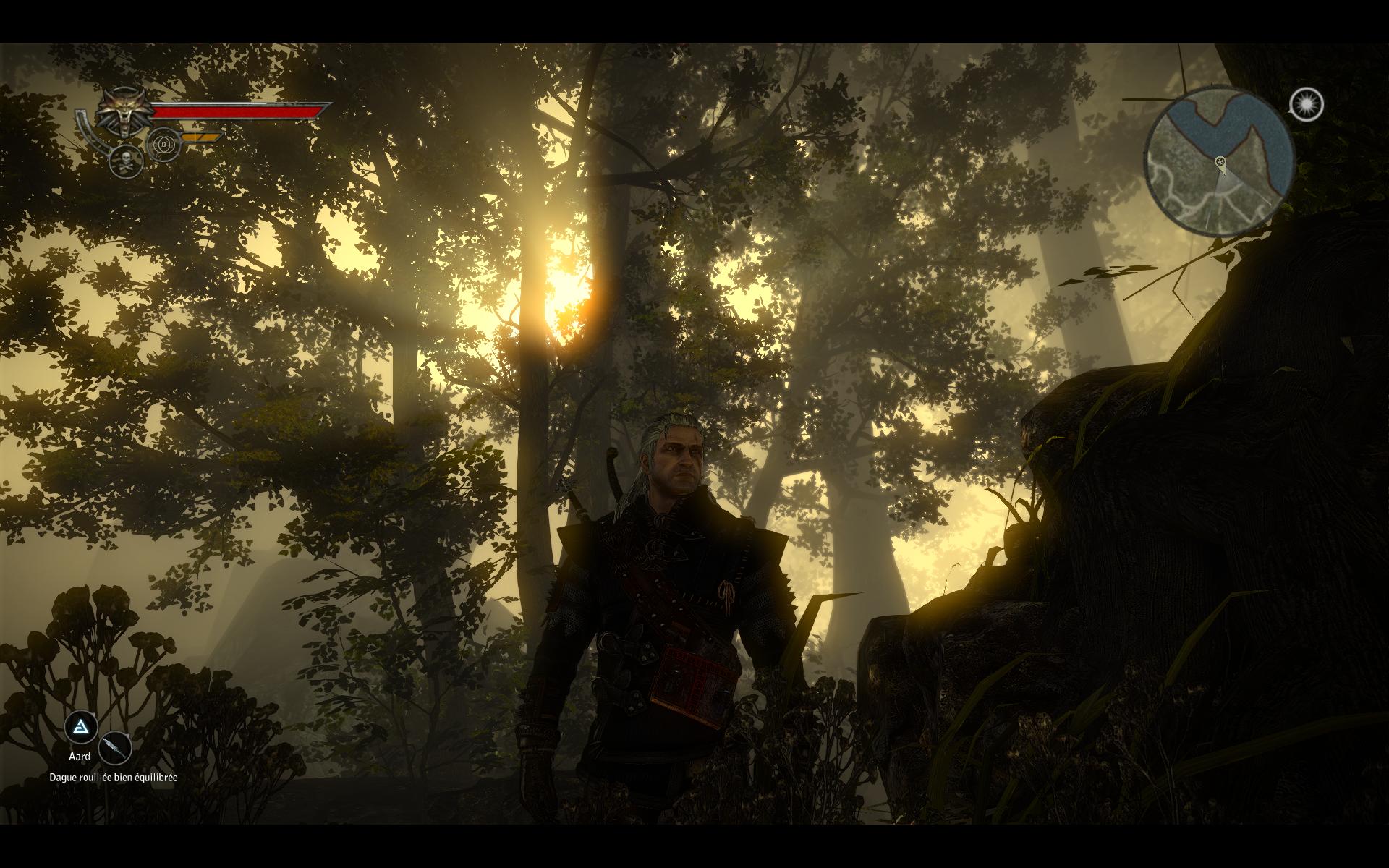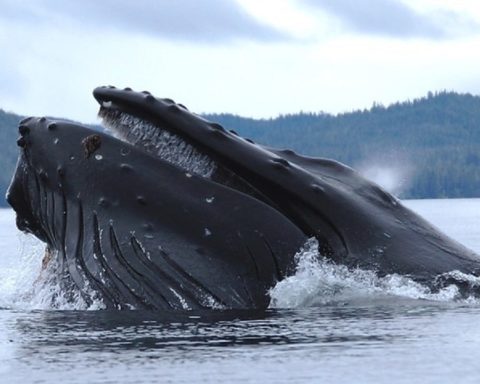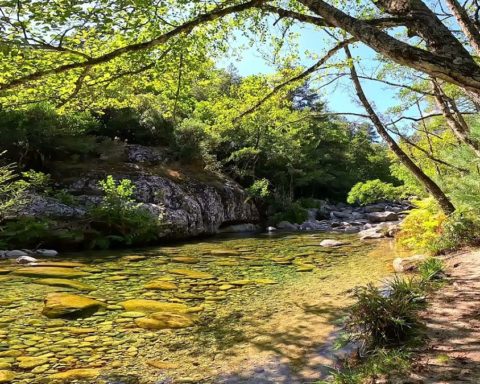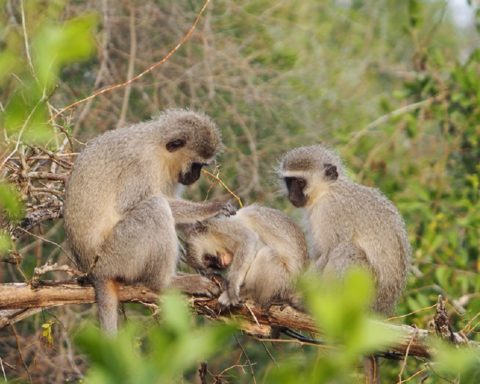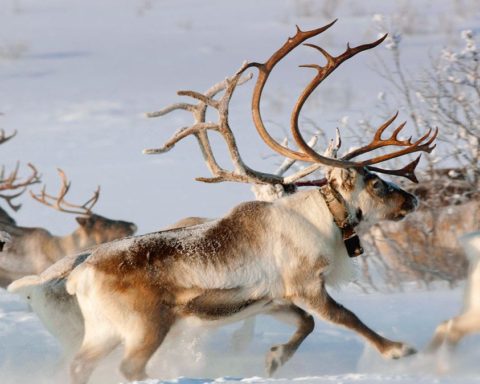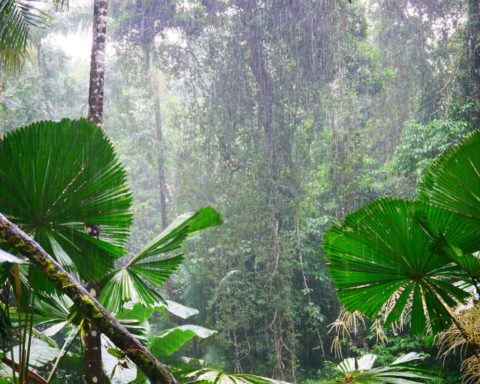Geological and paleontological data tell us that there have been some 60 species extinction crises over the last 600 million years or so. We know little about what happened before this period, as species of that time were not very fossilized (in the absence of external and internal skeletons) and any traces left have disappeared. Geochemistry However, the world of bacteria and fungi provides us with valuable information. protists.
Dince that time, the fossils that have been found are well documented and allow us to build a more elaborate construction of the "tree of life". The Earth is dated to 4.6 billion years ago and the appearance of life on Earth at more than 3.5 billion years. This one appeared within theancestral oceanThis is either in shallow, warm coastal environments or at greater depths around hydrothermal springs, according to various theories.
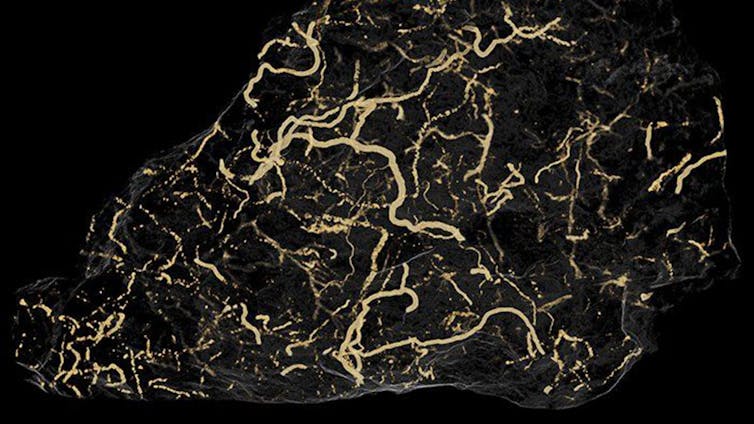
Traces of worms, discovered in Brazil and dating back some 550 million years, were recently discovered by researchers at the University of Manchester. Manchester University
Five major crises
Of these 60 crises, five were particularly well highlighted in terms of their magnitude; and they were the subject of redefinition work in an published work by the scientific journal Nature in 2011: these major crises thus concern the extinction of at least three-quarters of living species, both marine and continental, over a "short" period of time.
Immediately, the question arises: what is a "short" time? In geology, it is a time of the order of half a million years. Compared to the situation we know today, time scales are jostling!
Between the geopolitical time of humanity and the time of the Earth, the distances are dizzying. This is why the "anthropocene era" cannot enter the geological scale. It was in 2000 that this notion, proposed by the Dutchman Paul Crutzen (Nobel Prize in Chemistry in 1995), emerged: namely an "era" during which the most powerful factor of change would be the human species. Crutzen started it during the industrial revolution, at the time of the invention of the steam engine. While the idea may sound appealing, it seems more prudent to keep it as an image.
Biodiversity extinction crises have always been multifactorial and have been caused by a variety of reasons, which can often have something in common: the impact of a giant meteorite, the "near" explosion of a supernova, sudden warming, the collapse of the oxygen content of water and air, intense volcanism and gigantic greenhouse gas emissions, violent earthquakes and tsunamis, continental encounters, prolonged freezing cold, the dimming of sunlight, etc.
The Current Crisis
These different characteristics of major extinction crises must be taken into account when talking about the "current biodiversity crisis". WWF's detailed report of October 2016 set the tone: its "living planet" index indicates a "reduction" of 58 % globally, for all ecosystems (marine and continental), over a very short period of... 42 years!
This index is calculated on the collapse of the number of individuals in vertebrate populations (more than 14,000 populations monitored for 3,700 species). Some ecosystems are particularly affected, such as the freshwater environments (-81 %!) or the great plains of Argentina.
It should be stressed that we are talking about reductions in the number of individuals, not extinctions. They could, of course, happen eventually, but it takes time. On the scale of a human lifetime, extinctions are rare and linked to endemic species that are very poorly distributed, on islands for example.
The causes of this phenomenon of rapid erosion of biodiversity are well identified: massive destruction of ecosystems, widespread pollution - even in places where humans are not, such as the poles) -, anarchic dissemination of species (the "ecological roulette" - a link in this regard), over-exploitation of species (fisheries and forests) and, finally, the current far too rapid climate change that makes things worse.
Habitat loss, degradation and fragmentation are the main reason. Of course, these losses of biodiversity are of great concern for the services rendered by ecosystems and many recent works insist on the structuring of ecosystems to better resist the various current aggressions, triggered by human activities.
This is indeed the vicious circle we are engaged in: ecosystems are all degraded and therefore less able to resist. Because of human pressure, which is constantly accelerating, natural capital is diminishing faster than it can regenerate. Human activities and the exploitation of resources have grown so much - particularly in connection with demographic pressure - that the ecological conditions that have favoured our development and growth are now beginning to change. worsening.
The work of the group of researchers led by the Swedish climatologist Johan Rockström have defined global limits to our impacts and tell us that of nine human-induced alterations affecting the Earth system, four have already exceeded "tolerable" thresholds; these relate to nitrogen and phosphorus inputs to the biosphere, climate change and the collapse of biodiversity.
And in a post published in May 2017, which has caused a lot of ink to flow, our Mexican and American colleagues are bouncing back with a long and well-documented study on the acceleration of biodiversity degradation. They even speak of "biological annihilation", of "defunation" with catastrophic consequences, based on data from the International Union for Conservation of Nature. (IUCN) for 27,600 species of terrestrial vertebrates: 32 % of them have declined in population and distribution.
They were particularly interested in 177 species of terrestrial mammals, showing that 30 % of them have lost at least 30 % of their territory; more than 40 % have lost at least 80 % of their geographical distribution since 1900! They conclude that the sixth extinction crisis is underway and that the reality still exceeds the most pessimistic forecasts.
It is also necessary to mention a whole recent workpublished on 18 October 2017 in the journal PLoS Oneabout the decline of flying insects in the last 30 years in Europe.
Reducing our impact
How can the current situation be compared to the crises of the past? The real question can be formulated as follows: how long does it take to return to a state more or less close to the initial one, the one before the crisis?
The triggers of previous crises have been analysed; they are not at issue in what is happening today. It is human activities that are responsible for the present situation. After hundreds of millions of years during which the major environmental factors - temperature, available oxygen, ocean salinity, air composition... - have been the driving forces behind the evolution of living beings and their adaptive capacities, it is indeed humans and their bubbling activities that have become the essential force!
By estimating rates of evolution, trying to predict possible trajectories and planning mechanisms, we could probably greatly reduce our impact on species and ecosystems and thus seriously improve the economic and social costs of our activities on nature.
We talk a lot about "resilience", i.e. the ability of an ecosystem under attack to return to a situation where it "maintains its qualities" more or less close to the state it was in before the attack. But let us not forget that for an ecosystem to be resilient, it must not have disappeared!
He must first resist the aggression and then, before risking total disappearance, he may be able to become resilient, which takes some time. It should also be noted that the situation of "ecosystem tipping" (i.e., the irreversible shift to a completely different state), which is common beyond a certain threshold of disturbance, remains difficult to predict.
Is the state of structuring of our current ecosystems, both marine and continental, sufficiently organized to resist? How far can we accept species degradation and ecosystems? In addition, abundant and functional biodiversity is now being shown to generate more biodiversity. This is very important to consider.
It is high time to react and to consider the loss of biodiversity as important as climate change accelerates. We only consume organic and only cooperate with organic! So we must admit once and for all our inseparable relationship to life on the planet and to biodiversity: every time we attack it, we attack ourselves (and our economy).
For a species that has chosen to call itself sapiensThat sounds pretty stupid! During this century, let us deserve this term that we have used, we who have still not gone beyond the stage of the "the".Homo faber.
Gilles Boeuf...biologist, oceanographer, professor.., Pierre and Marie Curie University (UPMC) - Sorbonne University
The original text of this article was published on The Conversation.

